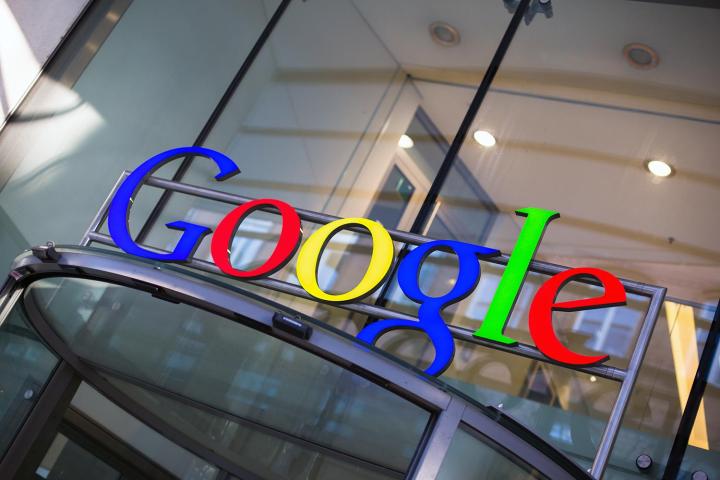
Speaking about the closure on the official Orkut blog, engineering director Paulo Golgher said “Over the past decade, YouTube, Blogger and Google+ have taken off, with communities springing up in every corner of the world. Because the growth of these communities has outpaced Orkut’s growth, we’ve decided to bid Orkut farewell (or, tchau). We’ll be focusing our energy and resources on making these other social platforms as amazing as possible for everyone who uses them.”
Starting today, existing Orkut users have a three-month period to shift all data out from their social profile. Utilizing the Google Takeout tool, users will be able to export posts, activities, testimonials and photos in a ZIP file that will include HTML and JPG files. In addition, that data can be downloaded at any time for the next two years.
In addition to the closure of the Web version of Orkut, the mobile application for Orkut is scheduled to be removed from the Google Play store and the App Store today. Assuming there was still a significant group of developers working on Orkut, it’s likely that those Google employees will be shifted to Google+ projects or other areas of the company in the near future.
Editors' Recommendations
- What is Section 230? Inside the legislation protecting social media
- Racist products sold on Amazon, Google, Wish taken down after investigation
- Coronavirus: Apple and Google clamp down on COVID-19 apps
- Pope Francis’ call to end trolling on social media leads to more trolling
- What does it take to make a social media network that doesn’t exploit users?


